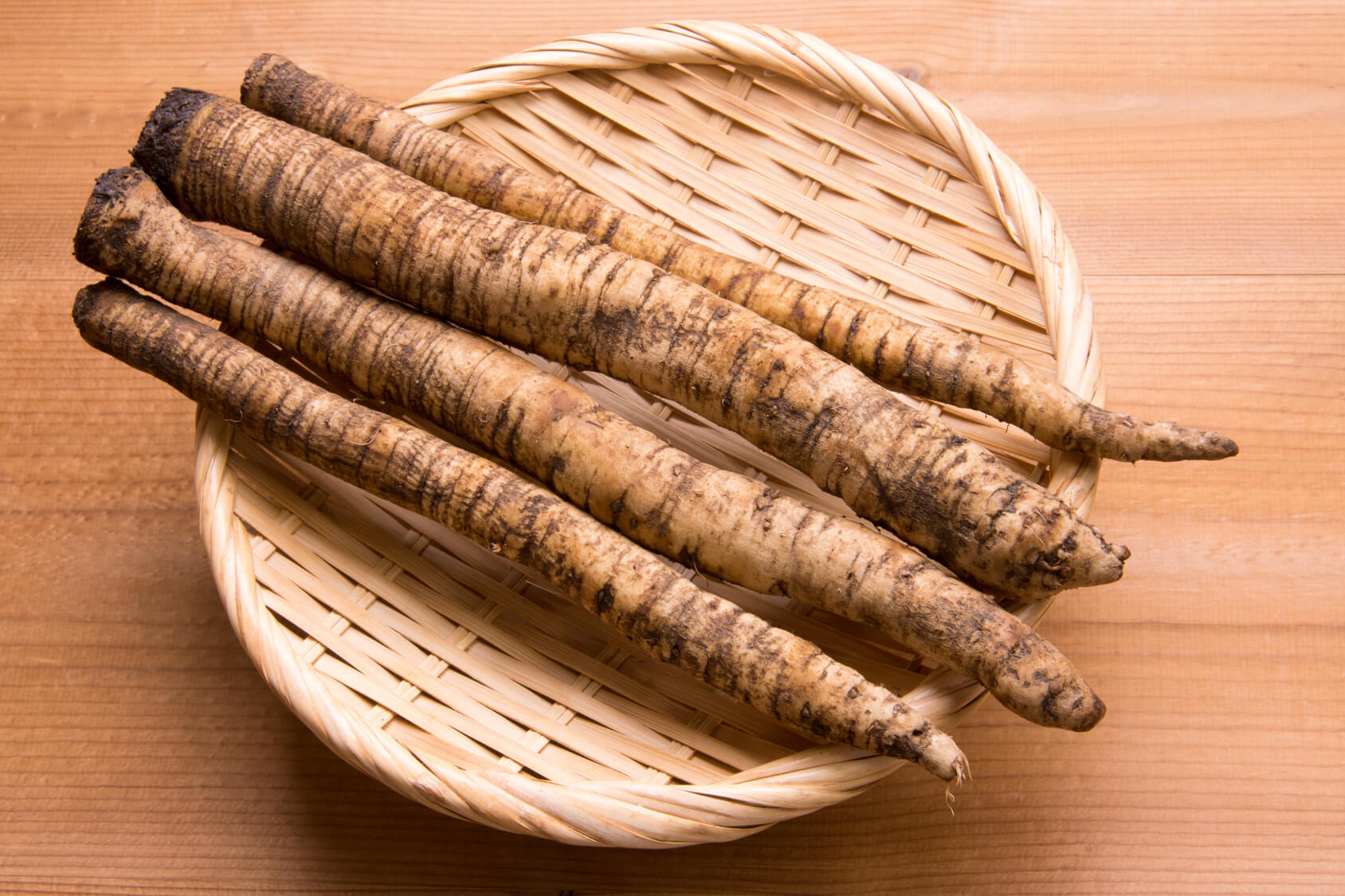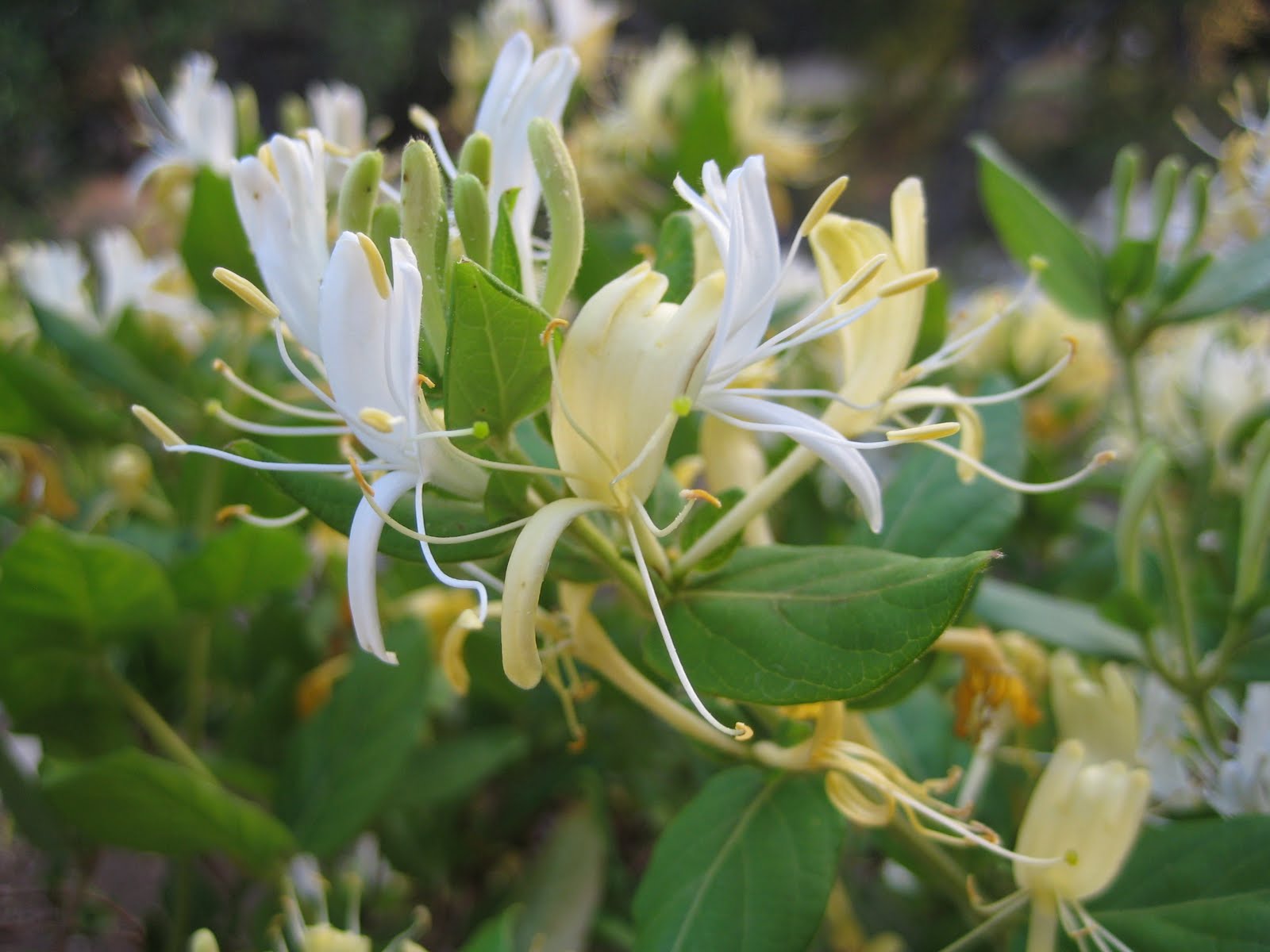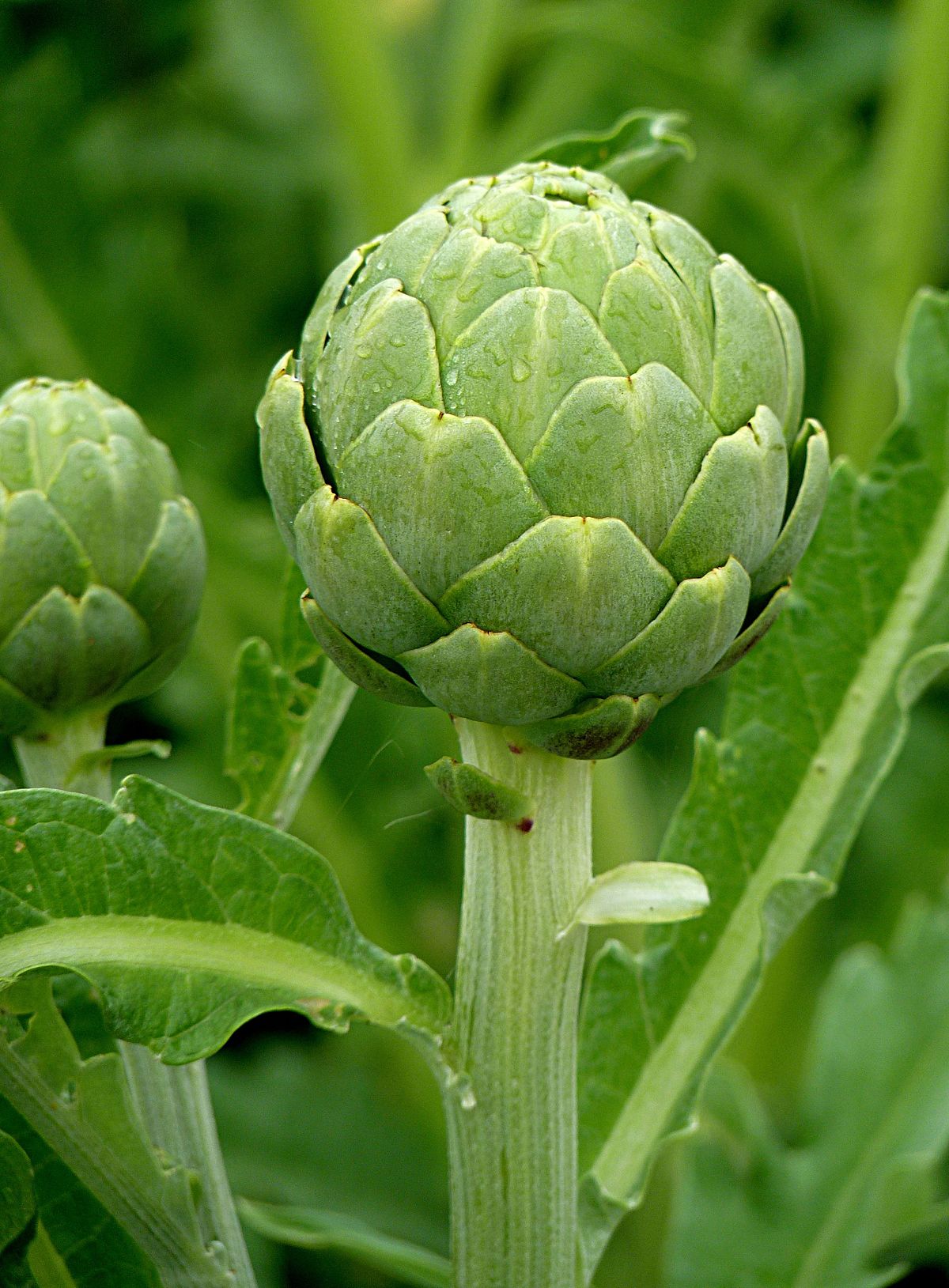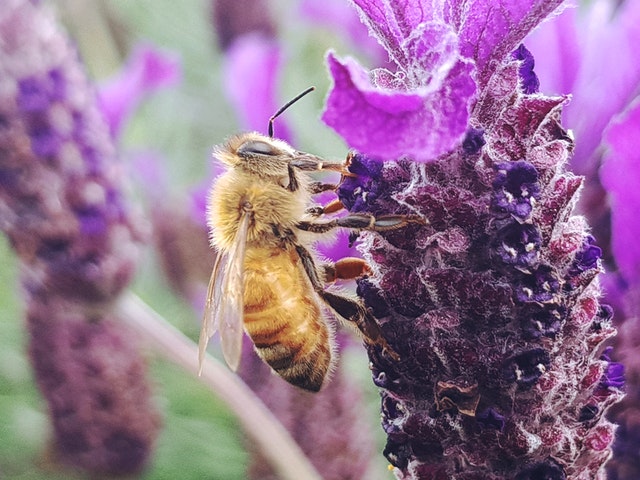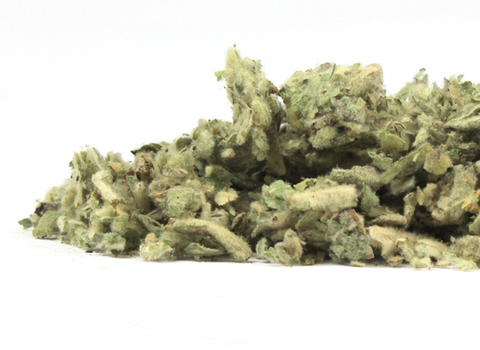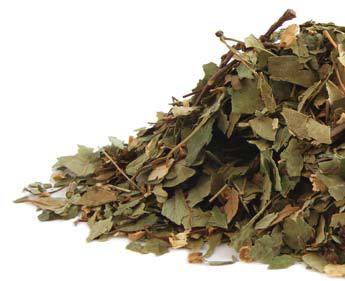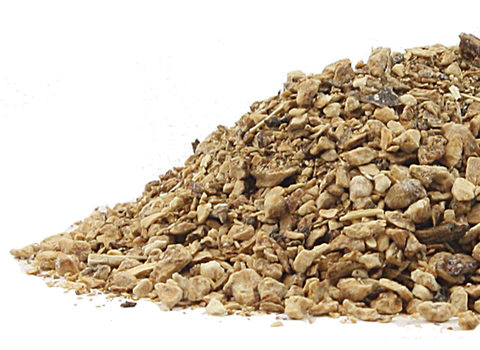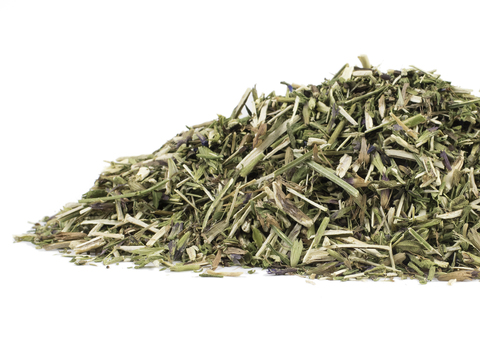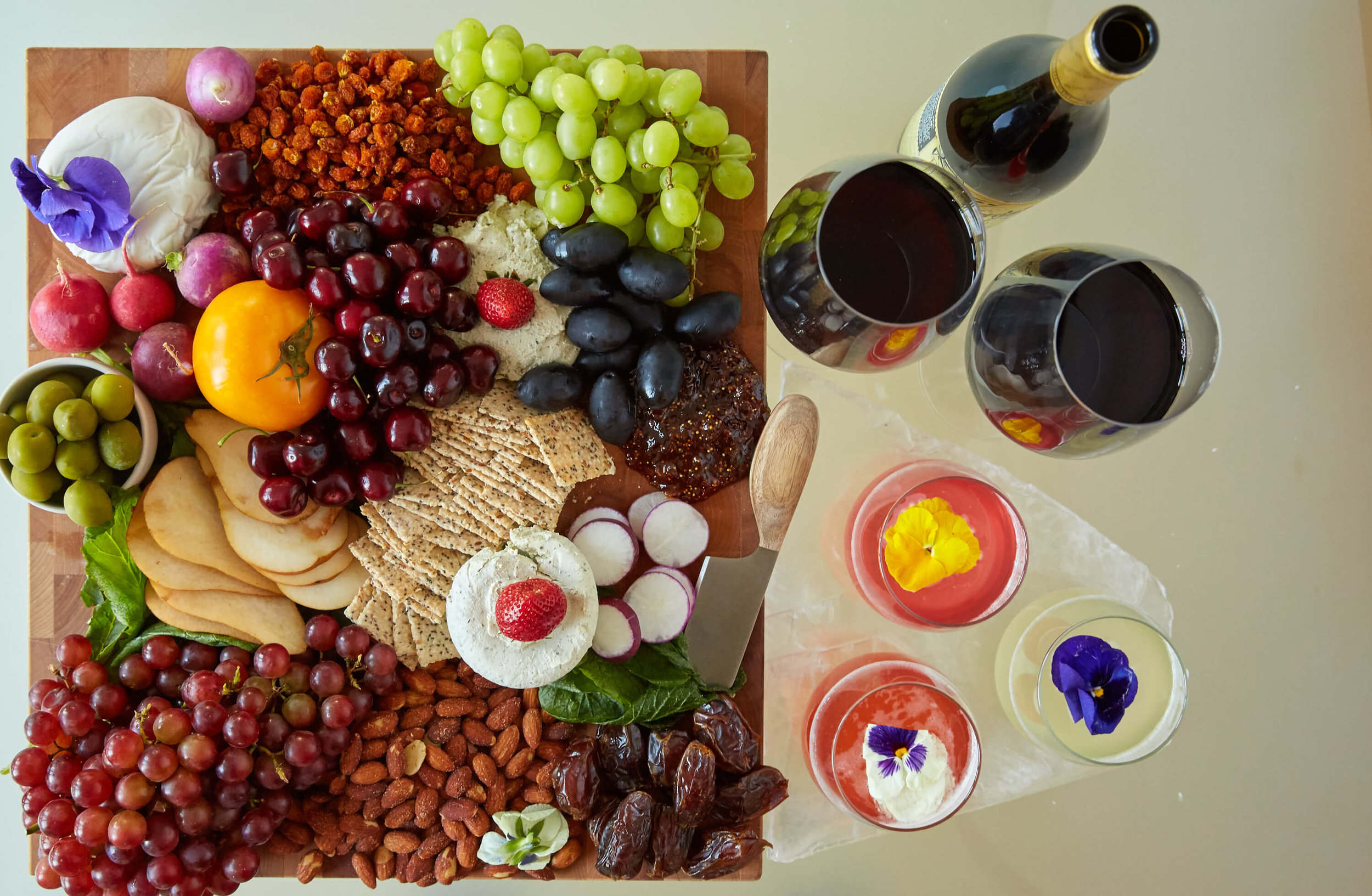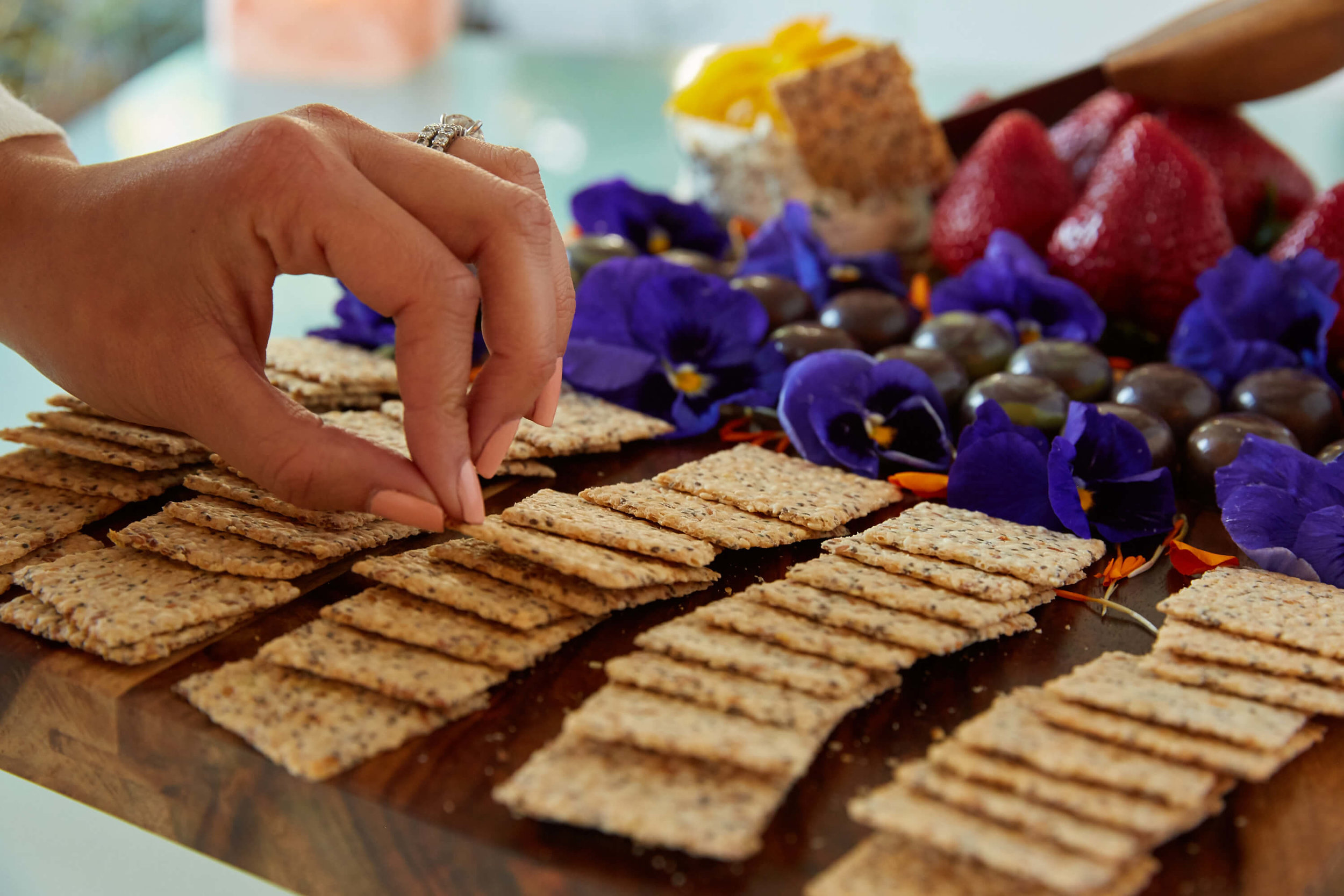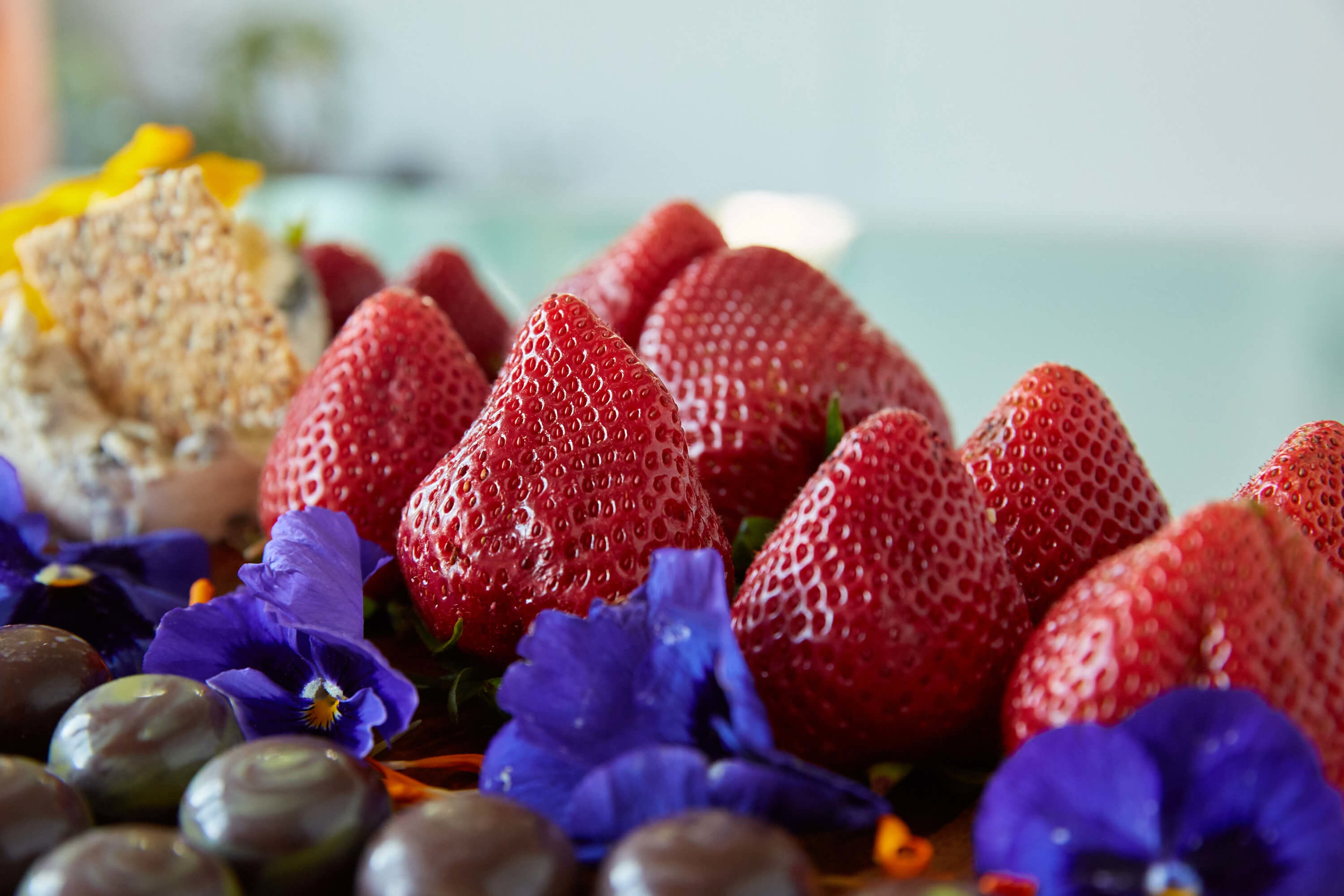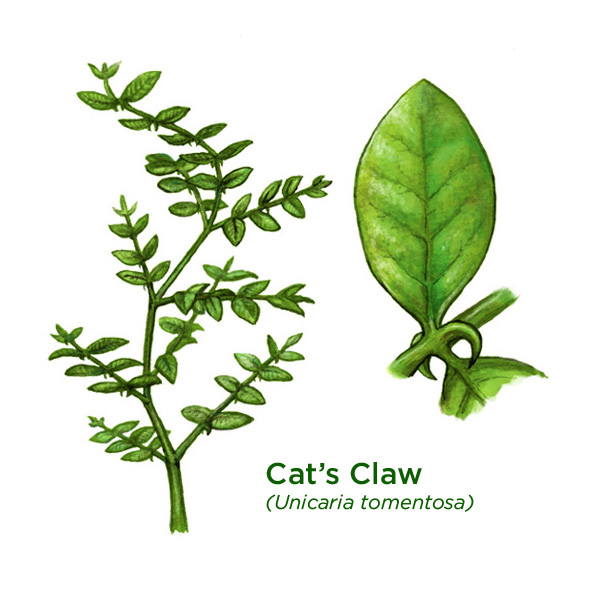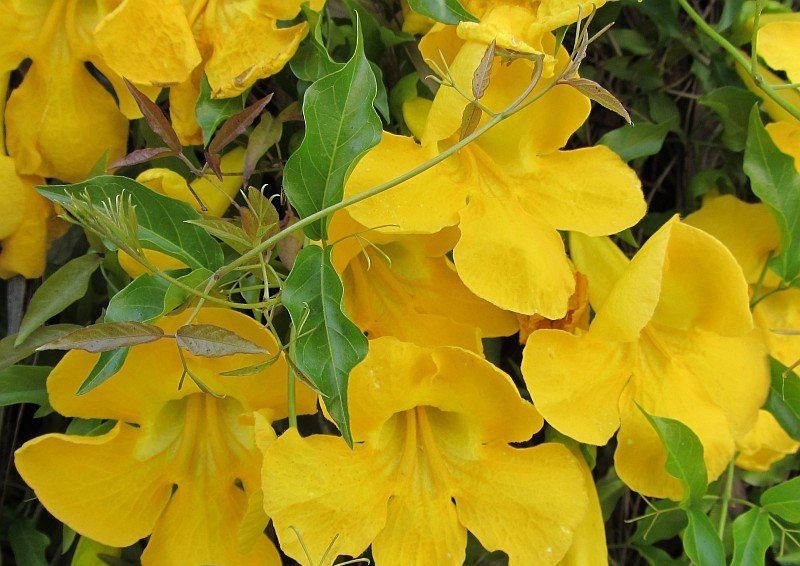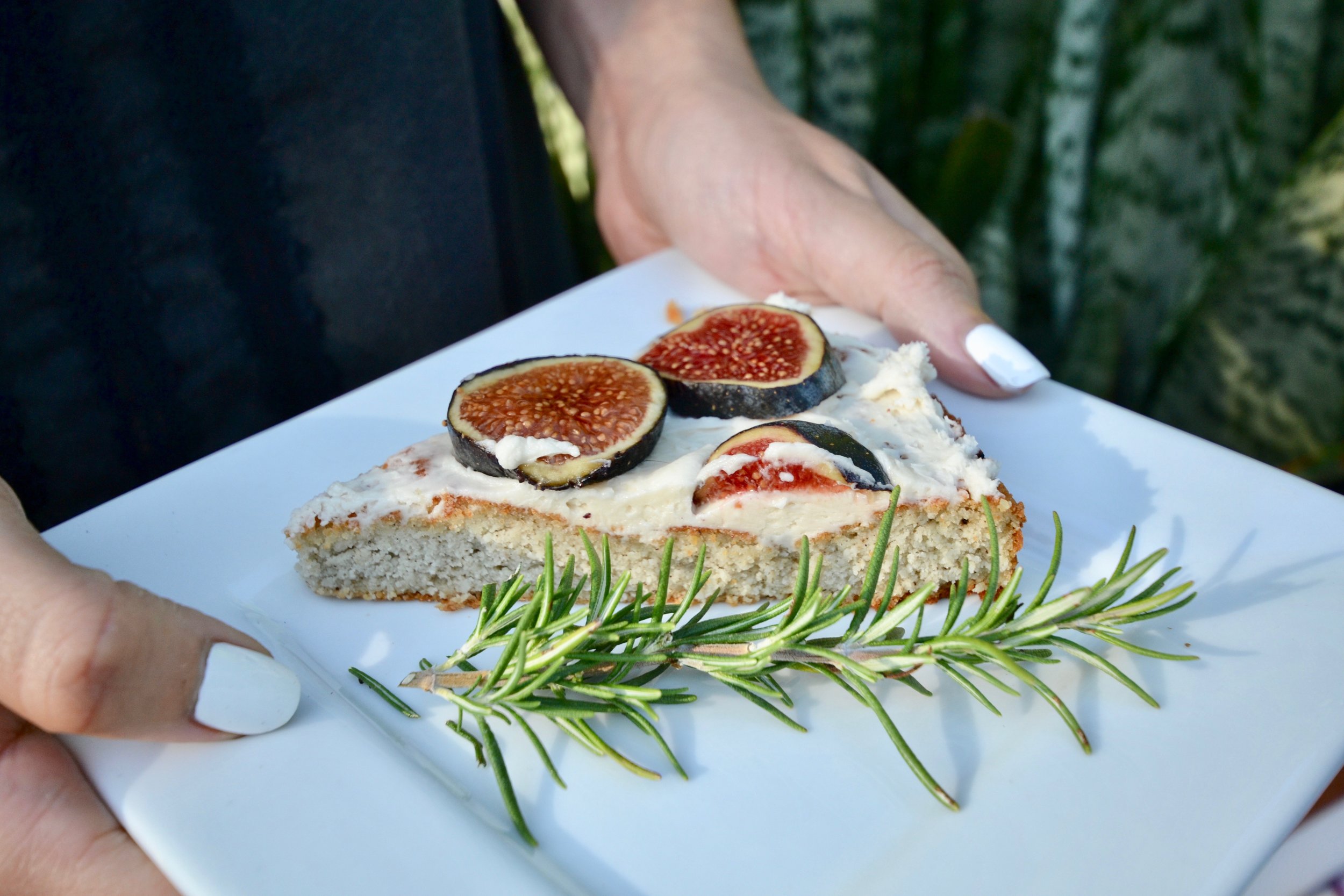Written by Julie Magnussen
1. Gaston Luga Backpack
Our favorite backpack is stylish and functional! Whether you’re jumping in the car for a day hike or headed to the airport for a weeklong excursion, Gaston Luga has created a bag that holds every essential pocket and zipper without overdoing it (hello minimalism!) or sacrificing style.
2. Iggys Honey Brew Kombucha
Say goodbye to cane sugar-fed kombucha cultures and say hello to a new, innovative way to drink those frizzy tangy drinks we’ve all come to love. Iggy’s uses 100% honey-fed kombucha cultures resulting in a a sparkling probiotic drink that is much less vinegary than kombuchas made with cane sugar. They ferment for 6 weeks giving their brew a mature and refined quality that leads to a smooth, “ambrosial product akin to a fine mead or champagne.” Each flavor also includes herbs formulated for a particular desired feeling, from relieving emotional tension to invigorating the body.
3. Rumi Oracle Cards
The beloved mystic and poet, Rumi has captured our hearts through a sacred language that resonates on the deepest levels of heartbreak, sorrow, love, and ecstatic joy. Now you can find these same heart-felt messages from a beautifully illustrated by Rassouli and compiled oracle deck from Alana Fairchild. Each of these 44 cards offer a new day of thoughtful intention and to accept the mysteries of life.
4. Erewhon Keto Muffins
If you’re on the Keto train chances are you’re looking to satisfy your sweet tooth and love of carbs. Erewhon’s Keto muffins are out-of-this-world delicious while keeping it keto.
5. Glutathione
Your supplements are only as good as its ability to absorb. And many supplements break down in the stomach before ever reaching our cells! That’s why we love this liposomal glutathione spray which uses an advanced phospholipid delivery system to deliver core ingredients faster & more efficiently. Glutathione is a master detoxifier and the body’s main endogenous antioxidant. It can bind toxins and may help remove them from the body which protect our cells from damage caused by free radicals, peroxides, and can improve metabolic energy.
6. Healthy “Crunch” Factor
We love a crunchy addition to anything from our morning oats to our delicious salads. But let’s skip the unhealthy croutons and sugary granola and pick a delicious option that actually provides loads of nutrition as well. We absolutely love adding roasted fava and chickpeas to our salads. You can easily find these on the shelves of many major grocery stores and we keep them around when we want a savory crunch without the added guilt.
7. Rowe of Venice Bread
We all love bread and when we decide to change up our diets to include cleaner, simpler ingredients, bread is typically the first thing we have to let go of. But one of the newest breads on the market is giving us relief to our bread-blues. Rowe of Venice bread has 3 different options for vegan, paleo, and keto. These breads are all organic, dairy-free, flourless, non-GMO, gluten-free, vegan, made with superfood ingredients, high in protein, low in sugar content, and most importantly absolutely delicious.
8. Radiant: The Cookbook by Mafalda Pinto Leite
Radiant: The Cookbook highlights the world’s most nutrient-dense foods and coming up with creative recipes that re-infuses our love of plant-based eating. The (mostly) raw, vegan recipes highlight these powerhouse foods in unexpected ways, such as with the Rose Quartz Latte, Zen Chia Pudding with Matcha Whip, Moroccan Spiced Salad with Chickpea Popcorn, Into the Sea Salad Bowl, and Chocolate Maca Doughnuts.
9. Xlear Nasal Spray
Allergies got you down? Xlear is our go-to nasal spray for instant relief without inhaling a long-list of chemicals. Xlear uses xylitol as its powerful oral and upper respiratory health benefits come from its unique five-carbon structure. Xylitol helps to reduce swelling and allergy symptoms by reducing bacterial adhesion on you nasal tissue. This all-natural nasal cleaner is safe for kids, non-addictive and Non GMO Project. Unlike other normal saline nasal sprays Xlear also acts as a nasal decongestant by targeting the primary causes of nasal congestion.
10. Happy Gum Drops
We’re happy to try anything from Living Libations’ kitchen and this month we’re geeking out over their Happy Gum Drops tooth serum. This essential oil adds another level of cleaning for your oral hygiene routine. Place a drop on your floss, add to mouth wash, or simply gently scrub your gums with your toothbrush to kill bacteria and revive your cells for ultimate gum happiness.
Julie Magnussen is a photographer and content creator for health and wellness businesses. She has spent the last 15 years studying and practicing holistic health modalities as a nutritionist for Whole Foods Market, a Plant-Based Private Chef, and the owner of Healthy Julie. Julie now finds herself expressing her passion for everything health through her words and camera lens. She earned her Bachelors Degree in Science in Health Psychology and is a Certified Holistic Health Practitioner.



















